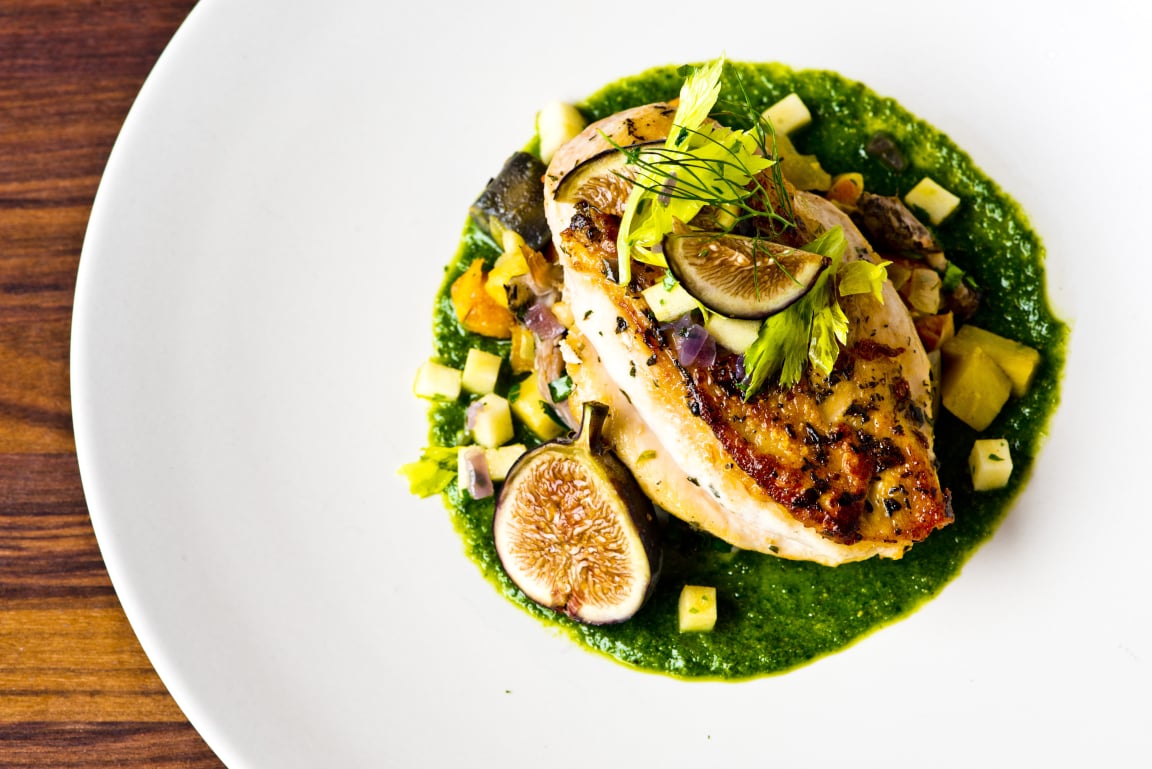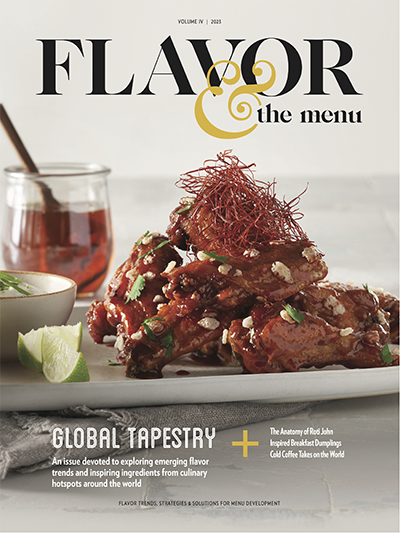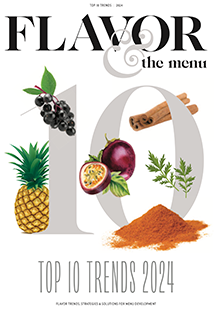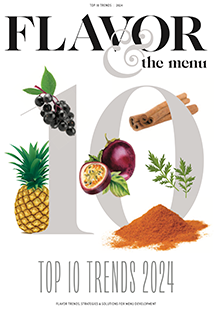
Trend Insights: Tallow
Culinary insights on leveraging tallow in menu development
Trend Insights: Tallow
Culinary insights on leveraging tallow in menu development
By Flavor & The Menu
February 6, 2024
By Flavor & The Menu
February 6, 2024
Tallow has always been one of my flavor-bomb ingredients and is also one of the most sustainable practices that can be implemented. I’ve used tallow in making beef tamales and pie crusts, for roasting vegetables and even for tossing with fresh pasta served with salty and umami-rich pecorino.
—REBECCA PEIZER, Chef/Founder, All Things Culinary
Tallow is becoming a more popular ingredient because of its flavor and its ability to better develop texture. And, with some consumers starting to question seed oils, tallow and lard will move more into the mainstream.
—MIKE LEITNER, Contributing Chef Consultant
Tallow’s use is being fueled by a broader movement toward a more natural and unprocessed diet. Tallow fits well into popular dietary trends such as keto, where high-fat consumption is necessary. Tallow, being a source of saturated fats, aligns with the macronutrient profile, following the ketogenic diet. There’s a cultural shift toward appreciating a more primal way of eating. This involves a return to whole, minimally processed foods, and tallow, being a traditional cooking fat, aligns with this preference. There’s a recent trend toward avoiding modern cooking oils, particularly those derived from seeds. Tallow, being a more traditional and animal-based fat, could be seen as a healthier alternative to many.
—KATHY CASEY, Owner, Chef and Mixologist, Kathy Casey Food Studios – Liquid Kitchen
The return to minimally processed, all-natural, full-flavored ingredients is upon us. Use tallow as an additional flavor layer into comforting dishes or replace infused oils with an herb-infused tallow baste for beef, seafood and vegetables.
—ADAM MOORE, Chef/President, Flashpoint Innovation
Tallow has always been one of my flavor-bomb ingredients and is also one of the most sustainable practices that can be implemented. I’ve used tallow in making beef tamales and pie crusts, for roasting vegetables and even for tossing with fresh pasta served with salty and umami-rich pecorino.
—REBECCA PEIZER, Chef/Founder, All Things Culinary
Tallow is becoming a more popular ingredient because of its flavor and its ability to better develop texture. And, with some consumers starting to question seed oils, tallow and lard will move more into the mainstream.
—MIKE LEITNER, Contributing Chef Consultant
Tallow’s use is being fueled by a broader movement toward a more natural and unprocessed diet. Tallow fits well into popular dietary trends such as keto, where high-fat consumption is necessary. Tallow, being a source of saturated fats, aligns with the macronutrient profile, following the ketogenic diet. There’s a cultural shift toward appreciating a more primal way of eating. This involves a return to whole, minimally processed foods, and tallow, being a traditional cooking fat, aligns with this preference. There’s a recent trend toward avoiding modern cooking oils, particularly those derived from seeds. Tallow, being a more traditional and animal-based fat, could be seen as a healthier alternative to many.
—KATHY CASEY, Owner, Chef and Mixologist, Kathy Casey Food Studios – Liquid Kitchen
The return to minimally processed, all-natural, full-flavored ingredients is upon us. Use tallow as an additional flavor layer into comforting dishes or replace infused oils with an herb-infused tallow baste for beef, seafood and vegetables.
—ADAM MOORE, Chef/President, Flashpoint Innovation







